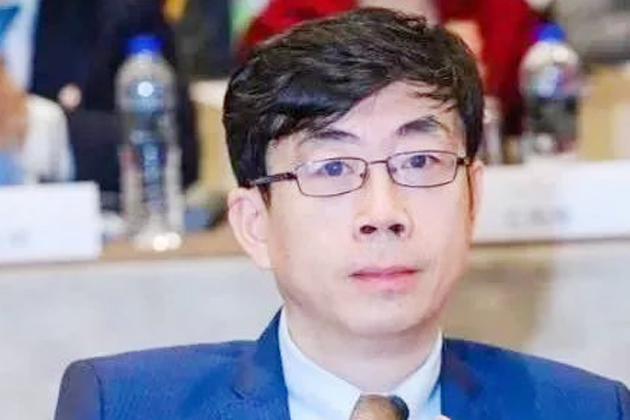China-ASEAN ties cemented through institutional cooperation
 The recently passed year of 2018 marks the 15th anniversary of the establishment of China-ASEAN strategic partnerships. While their foundation of institutional cooperation has continuously deepened, the fruits of cooperation have been gradually attained, which has manifested in strategic planning, policy frameworks and cooperation models.
The recently passed year of 2018 marks the 15th anniversary of the establishment of China-ASEAN strategic partnerships. While their foundation of institutional cooperation has continuously deepened, the fruits of cooperation have been gradually attained, which has manifested in strategic planning, policy frameworks and cooperation models.
As China’s neighborhood and a key region, Southeast Asia is constituted of medium-sized emerging economies that are rapidly developing. Traditionally, the southwest and southeast provinces such as Yunnan, Hainan, Guangdong and Fujian as well as Guangxi Autonomous Region, have frequent contact with Southeast Asia. But with the rise of the China-ASEAN Free Trade Zone negotiations around 2003, the economic and trade cooperation between the two sides has begun to extend to inland China and the country at large. In early November 2018, China and Singapore agreed to build the New International Land-Sea Trade Corridor during Chinese Premier Li Keqiang’s visit to Singapore, which will foster more alignment and cooperation between Chinese regions and South Asia.
In October 2013, Chinese President Xi Jinping put forward building the 21st Century Maritime Silk Road, establishing the Asian Infrastructure Investment Bank and the China-ASEAN Community of Shared Future and other cooperation concepts and mechanisms in Indonesia. After the 19th CPC National Congress in late 2017, both President Xi and Premier Li had made their first foreign visit since the Congress to Southeast Asian countries. In the end of 2018, they visited Southeast Asia again, aiming to improve China’s strategic partnership with ASEAN.
For the past 15 years, China-ASEAN strategic partnerships have generally remained stable, which can be attributed to close institutional cooperation.
The institutionalization of China-ASEAN economic cooperation has made steady progress in 2018. The annual China-ASEAN Expo and China-ASEAN Business and Investment Summit were held as usual. These institutional cooperation mechanisms cover almost all sectors of the two governments, and they continue to be updated according to practical needs. For example, with the growing need for trade facilitation and cross-border e-commerce in recent years, the expo and summit designed pertinent forums, inviting policy makers, implementers and users to gather together for discussion so as to prepare for the formulation of relevant policies.
The negotiations between China and ASEAN on the Code of Conduct in the South China Sea also made progress in 2018. Currently, the South China Sea situation tends to be stable, which is affected by many factors, such as the games between great powers, comparison of national strength and the strategies adopted. However, one factor is easily overlooked, that is, the constantly cemented institutional cooperation in various dimensions between China and ASEAN. At the 21st China-ASEAN Leaders’ Meeting held in Singapore in the end of 2018, Premier Li stressed the importance to conclude the negotiations as soon as possible, which received a positive response from leaders of ASEAN countries. To some extent, this institutionalized method of dispute resolution, which implements preventive diplomacy and conflict management, is conducive to mutual trust building.
The innovative China-ASEAN cooperation includes three models that intersect and complement each other.
The first is bilateral cooperation between China and Southeast Asian countries. There are all together 11 Southeast Asian countries, and China has established different forms of cooperative partnerships with each of them.
The second is China’s cooperation with ASEAN as a whole through the 10+1 model. In recent years, China has also established the Lancang-Mekong Cooperation mechanism, which aims to advance the practical cooperation between China and Vietnam, Laos, Cambodia, Thailand, Myanmar and other countries along the region of the Mekong River.
The third model is the cooperation revolving around the five major goals of the B&R—policy coordination, facility connectivity, unimpeded trade, financial integration and people-to-people bonds. According to calculations by a research group from Peking University, the China-ASEAN cooperation index ranks high on the five major goals of the B&R among all regions involved in the B&R construction.
This article was edited and translated from Guangming Daily. Zhai Kun is a professor from the School of International Relations and director of the ASEAN Countries Research Center at Peking University.
(edited by BAI LE)
